What drama will unfold as a new protagonist from House Munich takes on the lead knight from House Stuttgart?
A slightly dramatic intro to this comparative test but, considering the long-standing rivalry between these two leading German brands and the significance each manufacturer places on this segment, you might well imagine a medieval-style duel between the best knights of each territory. All the while, House Ingolstadt currently sits on CAR’s Top 12 Best Buys throne...
Historically regarded as the sportiest of the three German-built premium midsize sedans, the BMW 3 Series is at a crossroads. How does it balance staying true to its sure-footed roots with market demands for increased versatility and roominess? It’s not only the updated 7 Series which has bowed to pressures from the significant Chinese market. Together with a market-specific new long-wheelbase derivative, this recently introduced seventh-generation (G20) 3 Series has grown somewhat compared with its F30-coded predecessor.
Escaping the magnified-nose treatment doled out to its 7 Series stablemate, the new 3 is 79 mm longer (to 4 709 mm), 16 mm wider and fractionally taller than before. Still trumped by the current Audi A4 in terms of overall length and width, a significant 41 mm stretch in the bestselling BMW’s wheelbase (to 2 851 mm) affords it the longest stride in its class. As a sign of dynamic intent, the 3 Series also boasts among the widest track widths in this segment (closely mimicked by the equally sporty Alfa Romeo Guilia and Jaguar XE). The body-in-white of the new 3 is 25% stiffer than before and an average 55 kg lighter than the generation it replaces.
Likely still at least a year away from the covers being pulled off an all-new Mercedes-Benz C-Class, the 2018 refresh of this W205-generation included both cosmetic and under-the-skin updates to a model continuing a pivotal role in the good fortunes of its Stuttgart-based maker. A hallmark of its sales successes is its ability to maintain an appealing middle ground between dynamic ability and overall comfort, held together by enviable levels of sophistication. As discovered in our initial test of this updated range (in the form of the C180 9G-tronic), the modern C-Class package remains a tough act to beat.
Leaning heavily on slim-look head- and taillamps and cleverly placed crease lines to counter those increased dimensions, this 3 Series test unit gains added presence via an optional (R45 400) M Sport package complete with bespoke fender designs front and rear, and a 10 mm lower ride height. A further R15 000 upgrade increases this car’s 18-inch alloy wheels to 19 inches.
Acknowledging its opponent, this C220d sports a R29 000 AMG Line package that includes the brand’s star-studded grille, 18-inch rims and a 15 mm drop in ride height compared with the standard car.
Packaging
Comparing an all-new vehicle with one five years into its lifecycle, it’s likely the box-fresh product will be best served in meeting the demands of a modern customer base. While the next-generation C-Class will inevitably also grow in its proportions to distance itself from the new A-Class Sedan, for the time being, it’s the inflated dimensions of the CLAR-platformed 3 Series that offers the superior levels of overall comfort and versatility. Even if the rear-passenger legroom figures show otherwise, it’s the shape and angle of the BMW’s seats – and easier access through wide-opening doors – that provide the more comfortable bench of the two sedans. The installation of a panoramic sunroof in this particular C-Class impacts headroom.
It’s interesting to note BMW now offers a 40:20:40-split folding rear backrest as standard fitment. With these items tumbled (via release points in the boot), luggage space increases from 368 litres to a useful 1 000 litres. The Mercedes offers 312 litres, acceptable for this segment. It simply wouldn’t be a BMW if the driver’s seat didn’t adjust to near-ground level and, combined with upgraded M Sport seats and a thick-rimmed steering wheel, the 3 Series feels sportier.
For a model which prides itself on striking a happy medium, the C220d can thank its notably more powerful AMG-fettled relations for a catalogue of performance-slanted interior upgrades offering a compelling counter to the BMW.
We’ve trawled the literature around the 2018 update of the C-Class (including 6 500 new parts) and nowhere does its maker boast improved build quality. Yet, for a second successive road test of the “new” model, it was impossible not to note both superior levels of trim fitment and finish, and well as fewer squeaks and rattles throughout the cabin.
Enhancing this cabin is a hybrid version of the brand’s latest infotainment system. In the C-Class, it may not include the full MBUX (“hey, Mercedes”) setup but can at least be upgraded (R9 000) to include a crisp 10,25-inch display screen. For what it’s worth, we’d save R11 000 and stick with the traditional analogue instrumentation as seen here, as opposed to a full digital version.
The 3 Series takes a step closer to matching the levels of build quality and materials currently offered by the segment-leading Audi A4. A R24 000 upgrade to the brand’s Live Cockpit Professional arrangement gains an integrated 10,25-inch touchscreen control display (including navigation) and futuristic-looking 12,3-inch digital instrument cluster.
Drivetrains
Seeking improvements in both efficiency and responsiveness, the 1 995 cm3 common-rail diesel engine in the modern BMW 320d switches from a twin-scroll turbocharged setup to a more fluid sequential double blower system. Mated with an ever-impressive eight-speed automatic transmission, this 140 kW/400 N.m updated unit delivers class-leading levels of idling refinement (especially from behind a standard acoustic windscreen) and promising shove from just 1 750 r/min. Through three driving modes (sport, comfort and Eco Pro), it’s a drivetrain offering remarkable levels of flexibility; returning a fuel route figure of just 5,10 L/100 km (or a tank range of 1 093 km) and blasting from 0-100 km/h in under seven seconds.
Mercedes-Benz’s compact new 1 950 cm3 turbodiesel introduced with the C-Class update includes an aluminium block and steel pistons that weigh 16% less than in the previous C220d. Mated with the brand’s own nine-speed 9G-tronic, it’s a 143 kW/400 N.m drivetrain that feels just a smidge less refined at idle than the BMW. It is also frugal (just 4,90 L/100 km on our fuel route and a tank range of around 1 250 km) and feels just slightly less urgent than the 320d both off-the-mark and through the gears on overtaking.
Ride and handling
Standard fitment in the new 3 Series is BMW’s new lift-related damper-control system. An additional hydraulic damper on the front architecture works in conjunction with compression-limiting technology at the rear to offer constant, variable bump absorption. It worked overtime on our test car to counter the effects of a firmer M Sport suspension and 40-profile run-flat rubber. While all testers appreciated that the end result remained relatively civilised (without crashing over scars), most agreed this combination should be reserved for those with focused driving in mind; the trade-off is a level of firmness not easy to live with on a daily basis. Thankfully, there are more benign suspension combinations.
Even without this maximum attack (for a 320d) setup, the new 3 Series easily shrugs off its larger dimensions with a level of turn-in precision, mid-corner poise and low-slung balance – 51:49, front to rear, by our measurements – that bodes well for future performance-based derivatives. That this 320d weighed only 1 587 kg is also a positive sign.
If the interior build quality of the W205-generation C-Class has improved steadily, so too has its general ride quality. In early tests, we bemoaned that only the fitment of an optional air-suspension system returned the refinement we’d come to expect from Mercedes-Benz. More recently, the engineers seem to have focused on getting the standard suspension right. Even with the firmer setup associated with this AMG Line package, the current generation C-Class puts its best foot forward to deliver a well-cossetted ride. It’s both easy to live with, including for passengers, and more than capable of shifting its 1 648 kg around a mountain pass.
TEST SUMMARY
Historically, the owner of this type of vehicle may have sought ultimate comfort and practicality to pair with impressive fuel consumption and tank range. Now, interestingly, buyers are opting for styling packages that likely come at the expense of overall comfort. That’s certainly the case with the new 3 Series.
However, it’s difficult not to be impressed with the new 320d. It boasts quality interior appointments, welcome levels of versatility and practicality, and a brilliantly refined drivetrain. By all accounts, BMW has successfully navigated the minefield associated with updating its most significant model. But, we would advise against the suspension/wheel combination of this model. Opt for the standard setup or the adaptive system, paired with smaller alloys, and the 3 Series closely matches the C-Class’ ride comfort.
Arguably enjoying its finest hour, the C220d comes within two precious points of standing its ground against the onslaught from a rejuvenated House Munich.
ROAD TEST SCORE
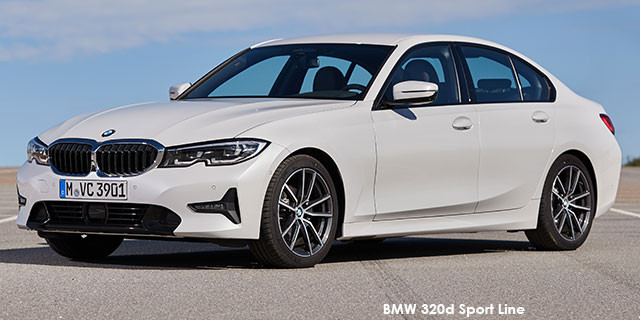
|
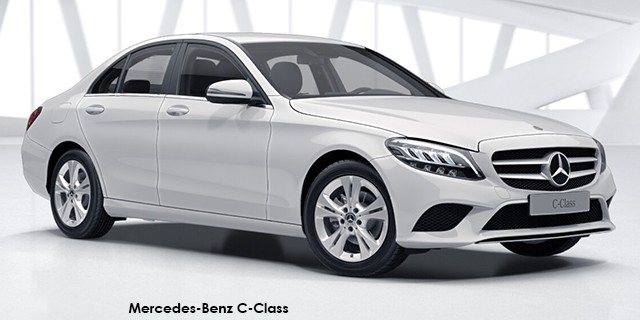
|
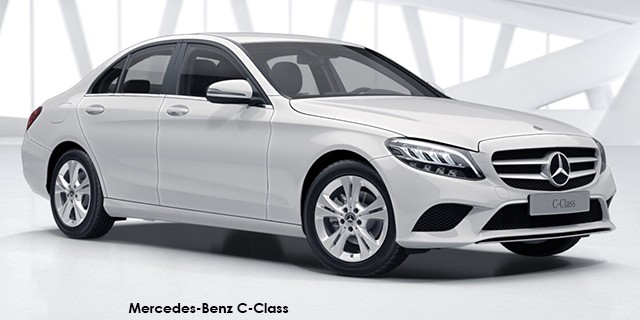
|

|
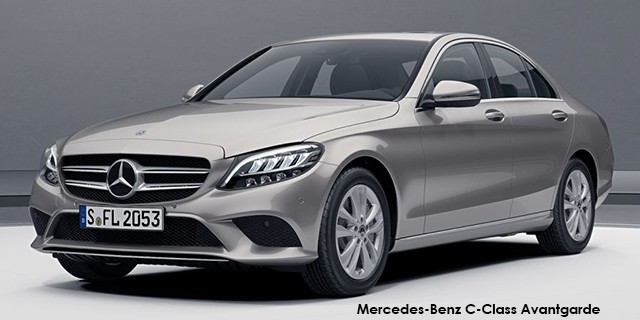
|

|
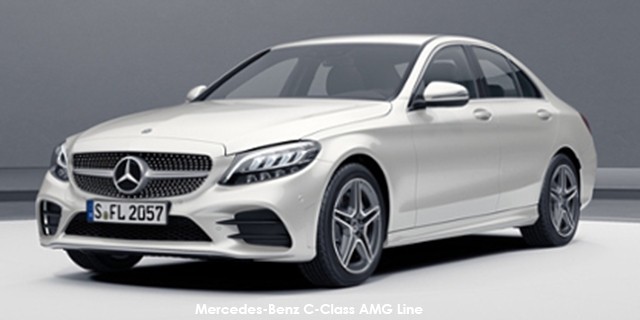
|

|
Original article from Car
See Full BMW 3 Series Sedan price and specs here












